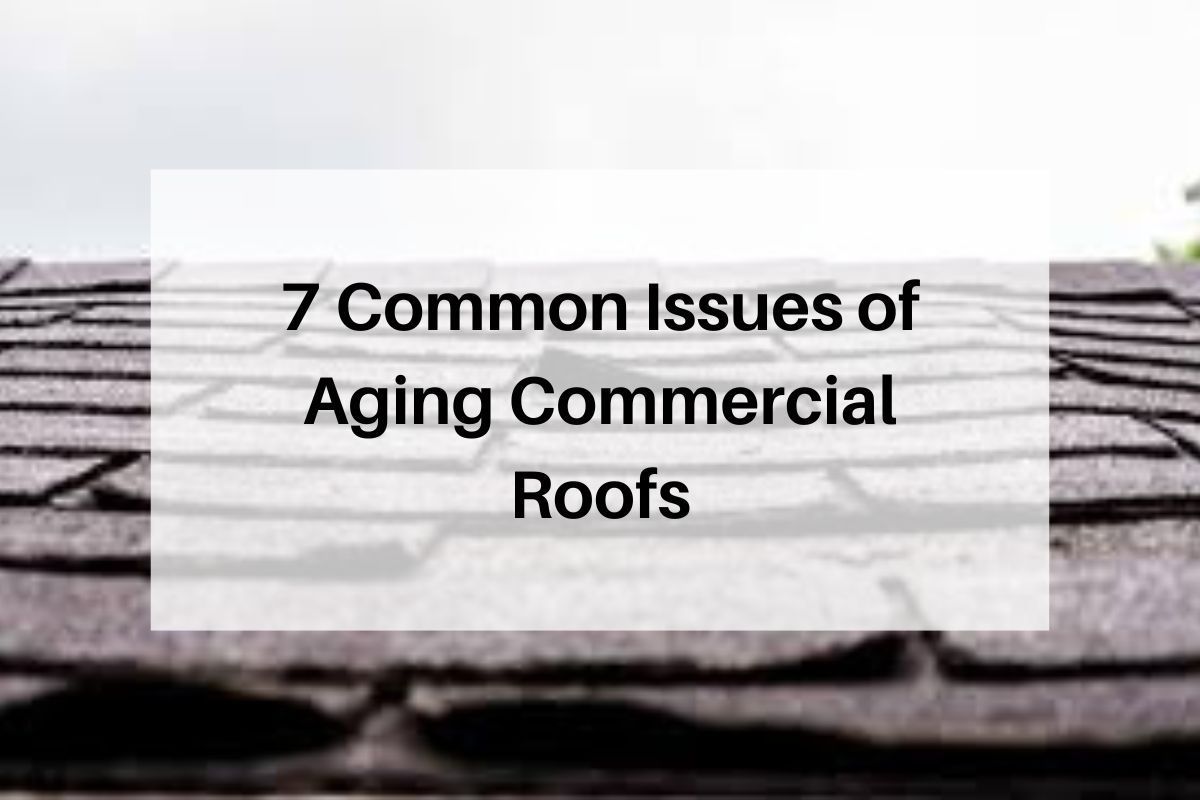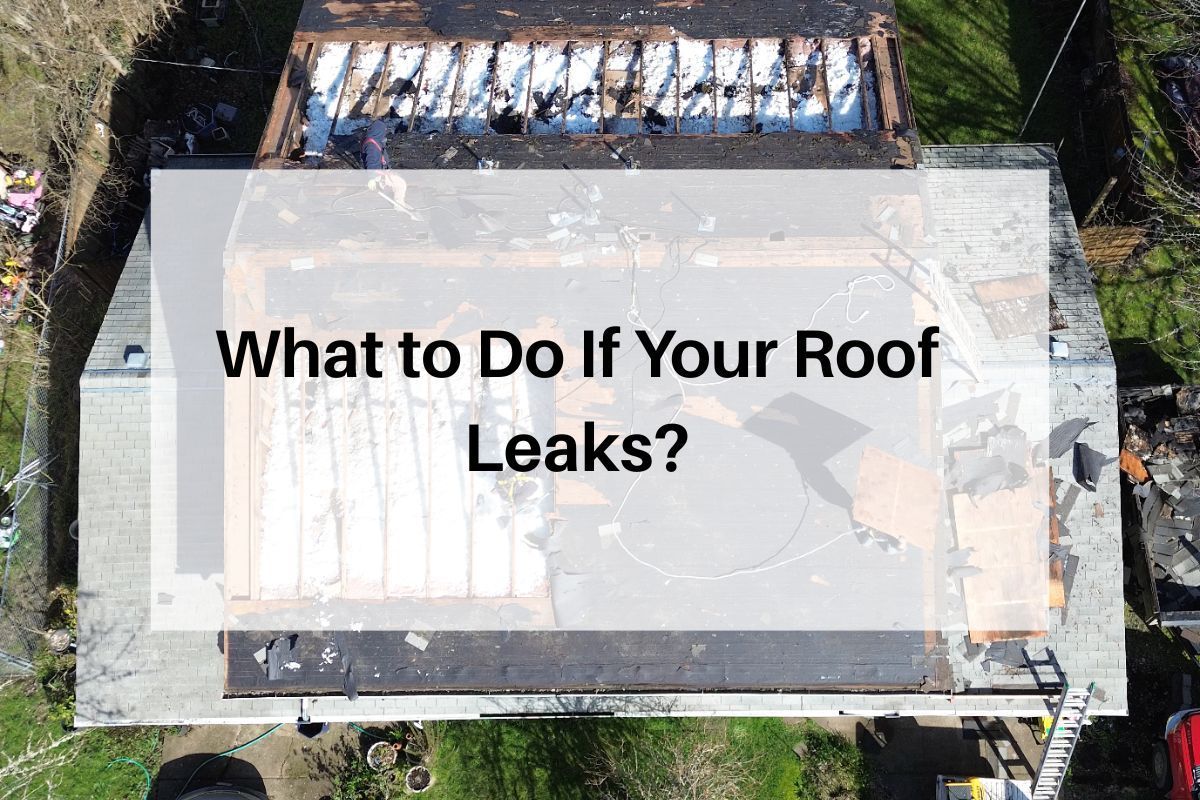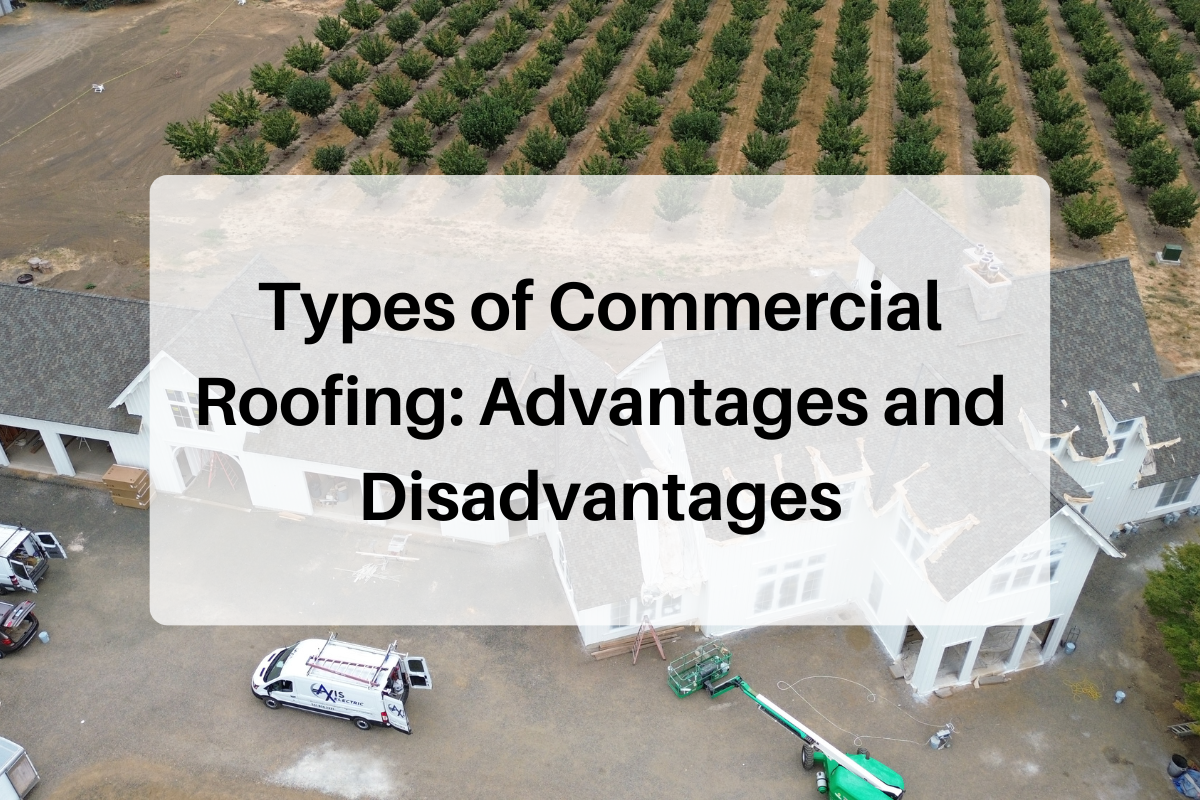Why Waterproofing?—Protecting Your Roof From Moisture Damage
Water damage can wreak havoc on your property, causing structural deterioration, mold growth, and significant financial losses. Your roof, being the first line of defense against the elements, is particularly susceptible to moisture damage. That's where waterproofing comes into play. In this blog, we'll delve into the importance of waterproofing your roof, discussing its benefits and the essential steps involved in waterproofing roof installation.

Understanding Waterproof Roofing
Waterproof roofing involves the application of materials and techniques designed to prevent water from seeping into the structure of your roof. Whether you have a flat roof or a sloped one, waterproofing is crucial to safeguarding your property against water intrusion.
The Importance of Waterproofing
Preventing Structural Damage: Water infiltration can compromise the structural integrity of your roof over time. Waterproofing creates a barrier that shields your roof from moisture, preventing issues like rotting, warping, and corrosion.
Avoiding Mold and Mildew:
Moisture accumulation provides an ideal breeding ground for mold and mildew, which not only pose health risks but also cause unsightly stains and odors. Waterproofing helps maintain a dry environment, inhibiting the growth of these harmful microorganisms.
Extending Roof Lifespan:
A properly waterproofed roof lasts longer, as it is better equipped to withstand the damaging effects of rain, snow, and humidity. Investing in waterproofing now can save you from costly repairs or premature
roof replacement down the line.
Protecting Interior Spaces:
A leaky roof can lead to water seepage into your home or commercial property, damaging ceilings, walls, and valuable possessions. Waterproofing ensures that your indoor spaces remain dry and safe, preserving the integrity of your property's interior.
Essential Steps in Waterproof Roof Installation
Surface Preparation: Before applying waterproofing materials, the roof surface must be thoroughly cleaned and inspected for any existing damage or defects. Any debris, dirt, or loose materials should be removed to ensure proper adhesion of the waterproofing membrane.
Priming: Priming the roof surface enhances the bonding strength of the waterproofing membrane and promotes uniform coverage. A primer specifically formulated for the type of roofing material being used should be applied according to manufacturer guidelines.
Applying Waterproofing Membrane:
The waterproofing membrane serves as the main barrier against moisture penetration. It can be applied in various forms, such as liquid coatings, sheets, or self-adhesive membranes, depending on the roofing substrate and design requirements.
Sealing Joints and Penetrations:
Vulnerable areas such as seams, joints, and roof penetrations (e.g., vents, chimneys, skylights) are prone to water leaks if not properly sealed. Special attention should be given to these areas to ensure a watertight seal.
Quality Assurance: Once the waterproofing membrane is installed, thorough quality assurance checks should be conducted to detect any defects or inconsistencies. Any identified issues should be promptly addressed to ensure the effectiveness of the waterproofing system.
Regular Maintenance: To maximize the longevity of your waterproof roof, routine maintenance is essential. This includes periodic inspections, cleaning of debris, and prompt repair of any damage or deterioration.
Conclusion
Investing in waterproofing is a proactive measure that pays off in the long run by safeguarding your property against moisture damage. Whether you're building a new roof or retrofitting an existing one, waterproofing should be a priority. By preventing structural damage, inhibiting mold growth, and extending the lifespan of your roof, waterproofing offers invaluable protection for your home or commercial building. So, don't wait until water infiltration becomes a problem—take proactive steps to waterproof your roof today.
In, waterproofing your roof isn't just about keeping water out; it's about protecting your investment and ensuring the longevity of your property. With proper waterproofing techniques and regular maintenance, you can enjoy peace of mind knowing that your roof is well-equipped to withstand the elements for years to come.
FAQ
What is Waterproofing?
Waterproofing is the application of specialized materials or coatings to surfaces, such as roofs or foundations, to prevent water penetration and protect against moisture-related damage. It forms a barrier that repels water, thereby safeguarding structures from leaks, mold growth, and deterioration caused by excess moisture intrusion.
How Does it Work?
Waterproofing works by creating a protective barrier on surfaces, such as roofs or walls, which prevents water from penetrating into the underlying structure. This barrier can be formed through the application of various materials such as membranes, coatings, or sealants, effectively repelling water and keeping the interior dry and protected.











Share On: